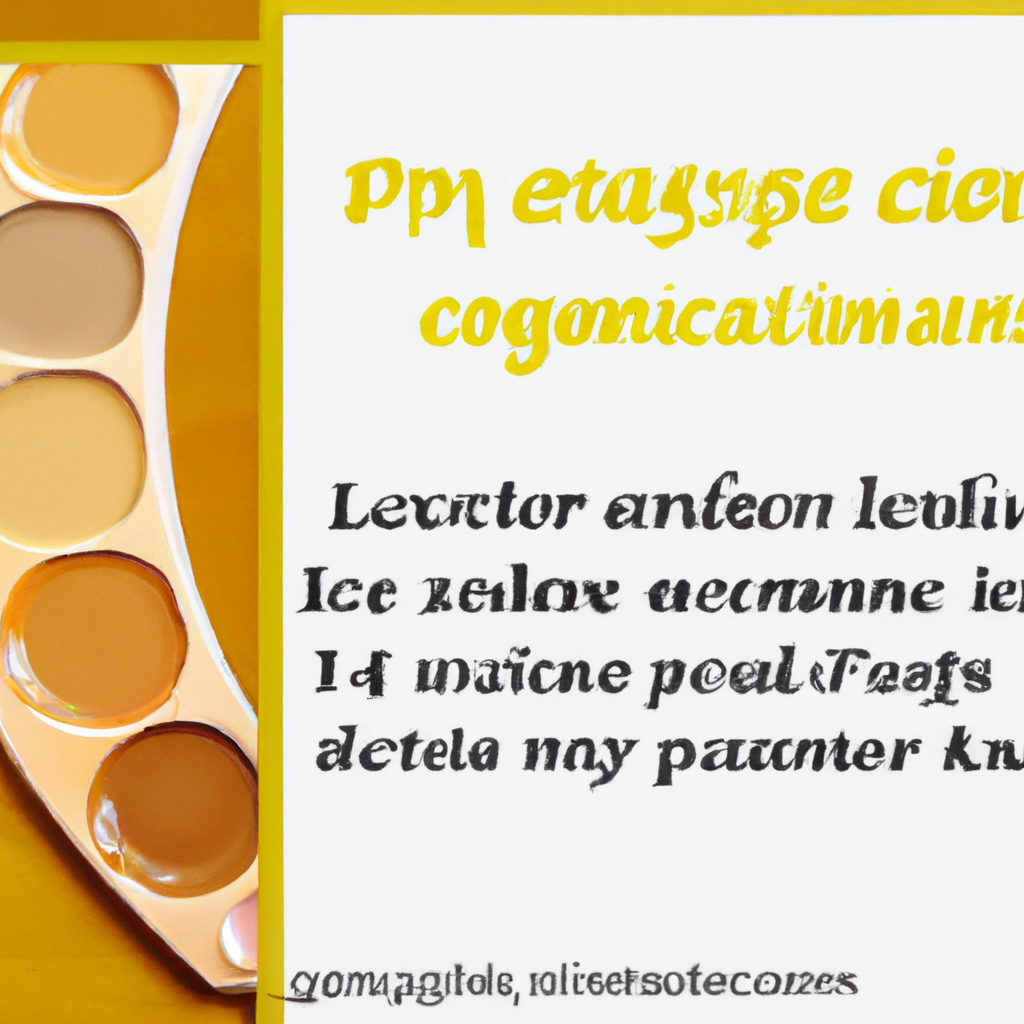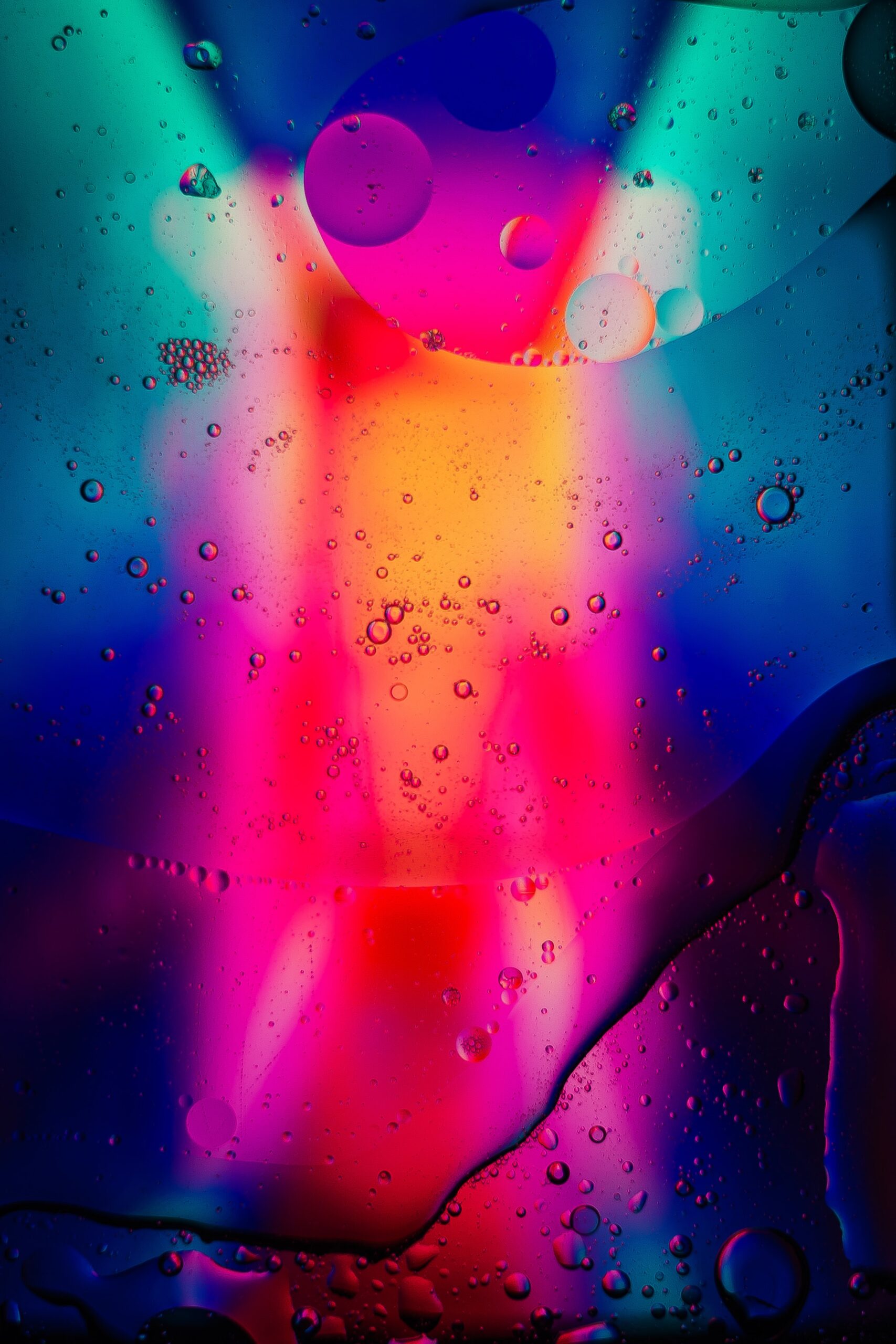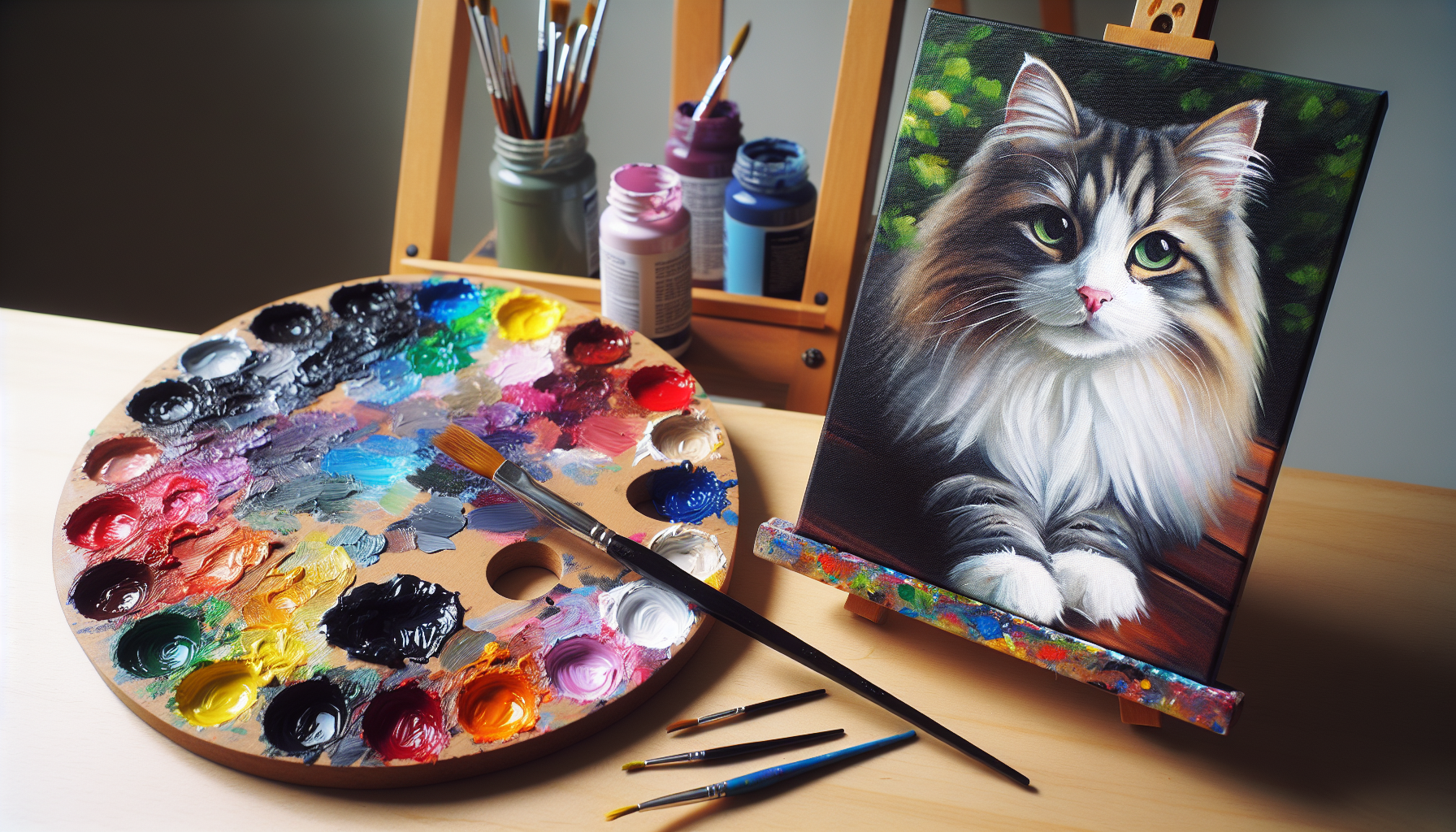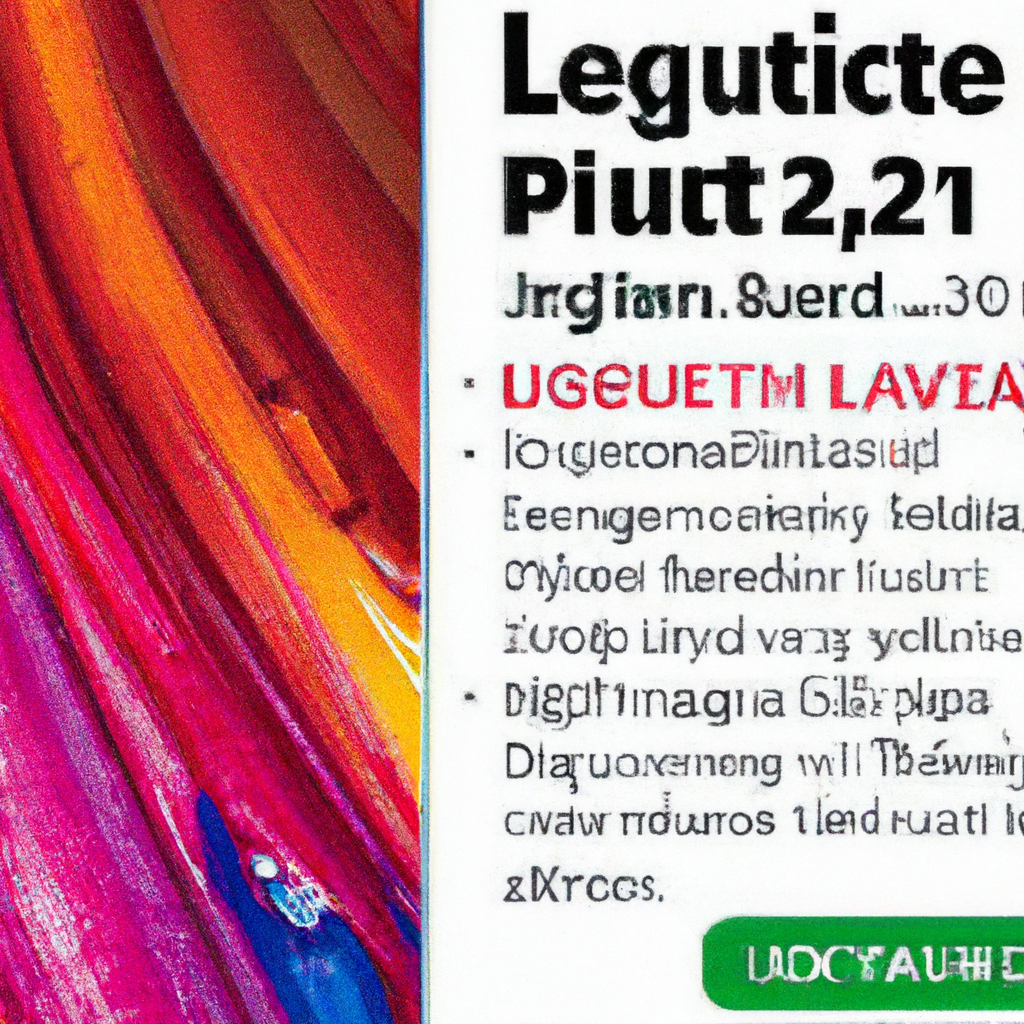In this article, you will learn the step-by-step process of creating a beautiful beige color using acrylic paint. While beige may seem like a simple and understated shade, achieving the perfect tone can often be a challenge. However, by following these instructions, you will gain valuable insights into the art of color mixing and be able to effortlessly incorporate beige into your artistic creations. Whether you are an experienced artist or just starting out, this guide will provide you with the knowledge and techniques necessary to successfully achieve the desired beige hue. So, let’s explore the fascinating world of acrylic paint and unlock the secrets to creating a captivating beige color.
Understanding Beige
What is beige?
Beige is a pale, neutral color that is often described as a light tan or off-white. It is a versatile color that can be used in various forms of artwork, including painting, drawing, and even sculpture. Beige is often associated with calmness, elegance, and simplicity, making it a popular choice among artists to create subtle and understated compositions.
Why use beige in artwork?
Beige can serve as a foundation color in artwork, providing a neutral base that allows other colors to stand out or harmonize with it. Its subtle and versatile nature allows it to complement a wide range of color palettes. Beige can evoke a sense of tranquility and sophistication, making it ideal for creating serene landscapes, delicate still life compositions, and even realistic skin tones. Its ability to balance and connect various elements within a piece of art makes it a valuable tool in an artist’s palette.
Choosing the Right Paints
Acrylic paint basics
Before we delve into the specifics of mixing beige, it is crucial to understand the basics of acrylic paint. Acrylic paints are water-based paints that dry quickly and are known for their vibrant colors and versatility. They are available in a wide range of colors and can be diluted with water or used straight from the tube. Acrylic paints can be applied to various surfaces, including canvas, paper, wood, and even metal.
Essential colors for mixing beige
To achieve the perfect shade of beige, it is essential to have a well-rounded selection of colors in your acrylic paint collection. The following colors will be useful in mixing beige:
-
White: White is a staple color in any artist’s palette. It is essential for lightening and toning down other colors, including beige.
-
Yellow Ochre: Yellow ochre is a warm, earthy yellow color that is crucial for creating warm beige tones. It adds richness and depth to the color mixture.
-
Raw Sienna: Raw sienna is a light brown color that adds warmth and earthiness to the mixture. It is often used in conjunction with yellow ochre to create a variety of beige shades.
-
Burnt Umber: Burnt umber is a dark brown color that can be used to deepen beige tones and add complexity to the mixture.
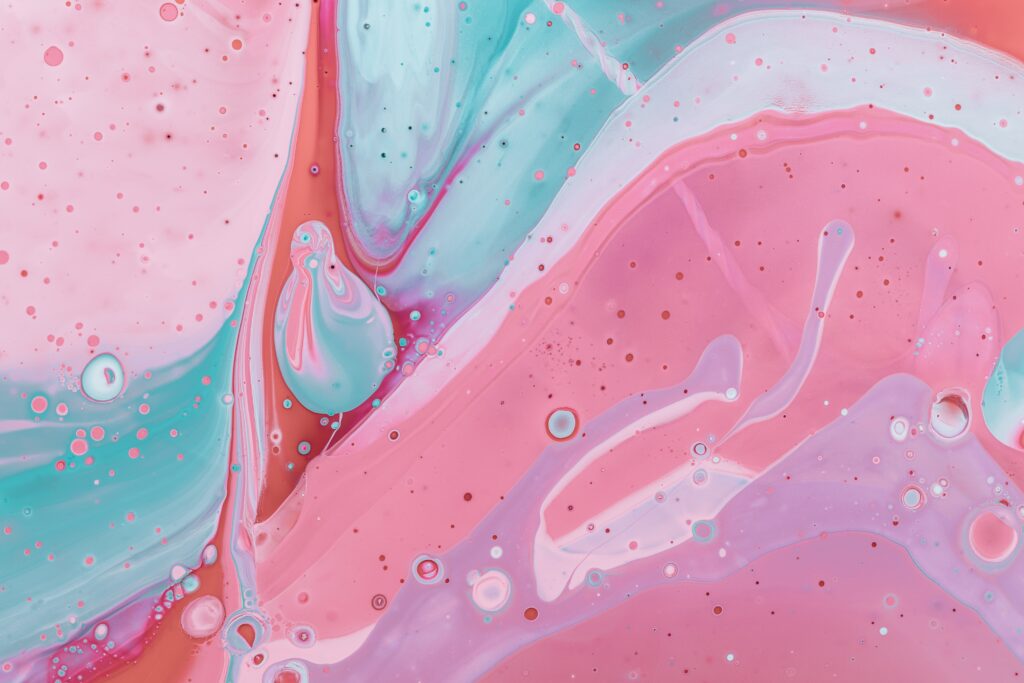
Mixing Beige from Scratch
Primary color method
One way to mix beige is by using primary colors, namely red, yellow, and blue. Begin by mixing equal parts of red and yellow to create a vibrant orange color. Then, add a small amount of blue to the orange mixture gradually until you achieve the desired beige shade. This method allows you to control the warmth or coolness of the beige by adjusting the amounts of each primary color.
Secondary color method
Another method to mix beige is by using secondary colors, which are created by mixing two primary colors. Start by mixing equal parts of orange and green to create a dull brown color. Then, add a small amount of white to the mixture to lighten it and create various shades of beige. This method offers more flexibility in creating different hues and tones of beige.
Tertiary color method
The tertiary color method involves mixing primary and secondary colors to create intermediate shades. Start by mixing equal parts of red and orange to create a vibrant reddish-orange color. Next, add a small amount of green to the mixture. Gradually mix in white to lighten the colors until you achieve the desired beige shade. This method allows for precise control over the undertones and saturation of the beige hue.
Adjusting the Tone
Adding white to lighten beige
If you want to achieve a lighter shade of beige, add white to your existing beige mixture. Start with small increments and gradually add more until you achieve the desired level of lightness. Be cautious not to add too much white, as it can overpower the beige and result in a washed-out appearance.
Adding black to darken beige
To darken beige, add black to your mixture. Similar to adding white, start with small increments of black and gradually increase the amount until you achieve the desired depth of color. Be careful not to add too much black, as it can quickly overpower the beige and result in a muddy appearance.
Creating warmer beige with yellow
To create a warmer beige tone, add small amounts of yellow, such as yellow ochre or raw sienna, to your beige mixture. Yellow tones add a sunny and earthy quality to the beige, making it ideal for creating warm and inviting compositions.
Creating cooler beige with blue
If you want to achieve a cooler beige tone, add small amounts of blue to your beige mixture. Blue imparts a sense of tranquility and coolness to the beige, making it perfect for creating calm and serene atmospheres in your artwork.

Creating Different Shades of Beige
Using complementary colors
Complementary colors, which are found opposite each other on the color wheel, can be used to create various shades of beige. Mixing beige with its complementary color will result in muted and subdued tones. For example, mixing beige with a slight touch of purple will create a dusky and elegant shade of beige.
Using tints and shades
Another way to create different shades of beige is by using tints and shades. Tints are created by adding varying amounts of white to the beige mixture, while shades are created by adding varying amounts of black. Experimenting with different ratios of tints and shades will allow you to create a range of light and dark beige tones.
Creating a gradient with beige
Creating a gradient with beige is an effective way to add depth and dimension to your artwork. Start with a dark shade of beige and gradually lighten it as you move across the canvas. This technique can be achieved by adding white to your beige mixture in small increments.
Mixing Beige Tones for Specific Purposes
Beige for skin tones
Beige is a common color used to depict skin tones in both realistic and stylized artwork. To create a natural-looking skin tone, mix beige with a touch of raw sienna and a tiny amount of red to add warmth. Adjust the ratios of each color to match the desired skin tone. Remember to consider lighting conditions and the individual’s ethnicity when mixing beige for skin tones.
Beige for landscapes
Beige is a versatile color for depicting various elements in landscapes, such as sandy beaches, deserts, and rocky terrains. Depending on the specific landscape you are trying to portray, you can mix beige with other earthy colors, such as burnt sienna or yellow ochre, to achieve the desired effect. Experimenting with different combinations will allow you to capture the unique characteristics of different landscapes.
Beige for still life
When incorporating beige into still life compositions, it can provide a sense of balance and harmony among the different objects. Beige can be used to represent various materials, such as fabric, ceramics, or wood. Consider the lighting and texture of the objects in your composition when mixing beige to achieve the desired effect. Experimenting with different beige tones will allow you to highlight the different elements within the still life.
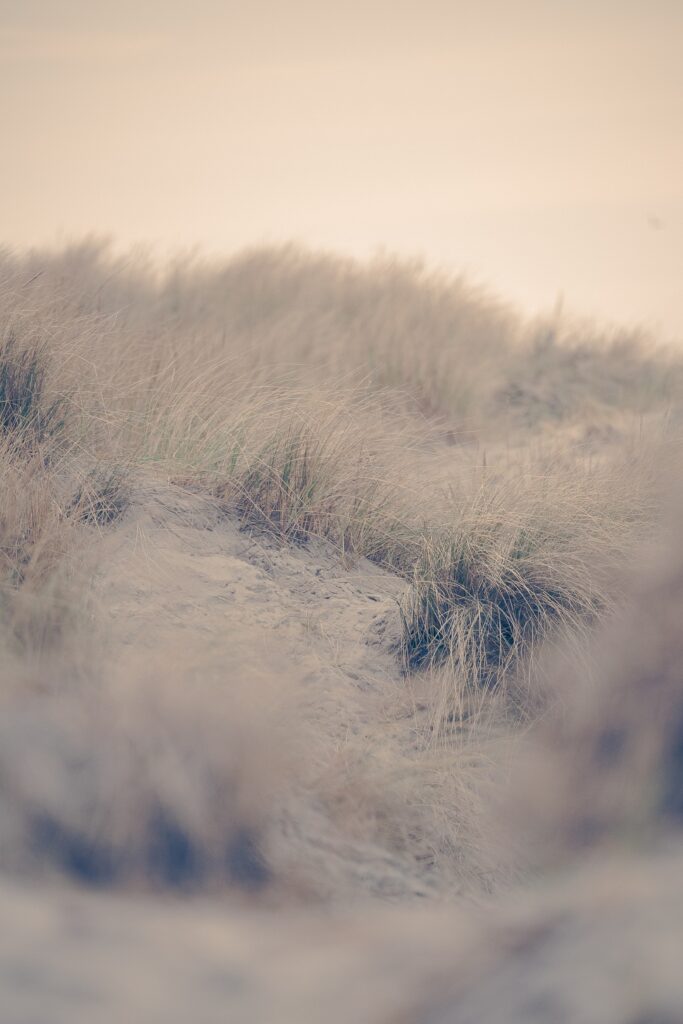
Techniques for Applying Beige
Brush techniques
Using various brush techniques can add texture and depth to your beige artwork. Techniques like dry brushing, stippling, and cross-hatching can create interesting effects and contribute to the overall mood and atmosphere of your piece. Experimenting with different brushes and strokes will allow you to achieve a wide range of textures and effects with beige.
Palette knife techniques
Using a palette knife can create unique and distinctive textures with beige. Applying the paint using broad strokes or simply scraping the surface can add depth and dimension to your artwork. The thick consistency of the paint applied with a palette knife can create interesting tactile qualities and enhance the overall visual impact of your beige composition.
Layering and glazing with beige
Layering and glazing techniques can add richness and complexity to your beige artwork. By applying multiple layers of beige, either by using diluted washes or building up thicker layers, you can create subtle variations in tone and texture. Glazing with beige allows you to add translucent layers over other colors, creating subtle shifts and harmonizing the composition.
Experimenting with Texture and Effects
Creating texture with beige
Beige can be used to create various textures in artwork. By employing techniques such as dry brushing, impasto, or sgraffito, you can add depth and tactile qualities to your piece. These techniques allow you to emphasize specific areas or objects within your artwork and create visual interest by contrasting different textures.
Adding texture mediums
Texture mediums can further enhance the tactile qualities of beige artwork. Gel mediums, molding pastes, or pumice gels can be mixed with beige paint to create textured surfaces. These mediums can be applied with brushes or palette knives to add dimension and create unique effects. Experimenting with different texture mediums will allow you to explore different possibilities and create captivating beige artwork.
Using metallic beige
Metallic beige can add a touch of luxury and opulence to your artwork. Metallic acrylic paints are available in various shades of beige, ranging from warm gold to cooler silver tones. They can be applied to create shimmering accents or used as a base color to add radiance and sparkle to your composition. Incorporating metallic beige can be a great way to create focal points and draw attention to specific areas within your artwork.
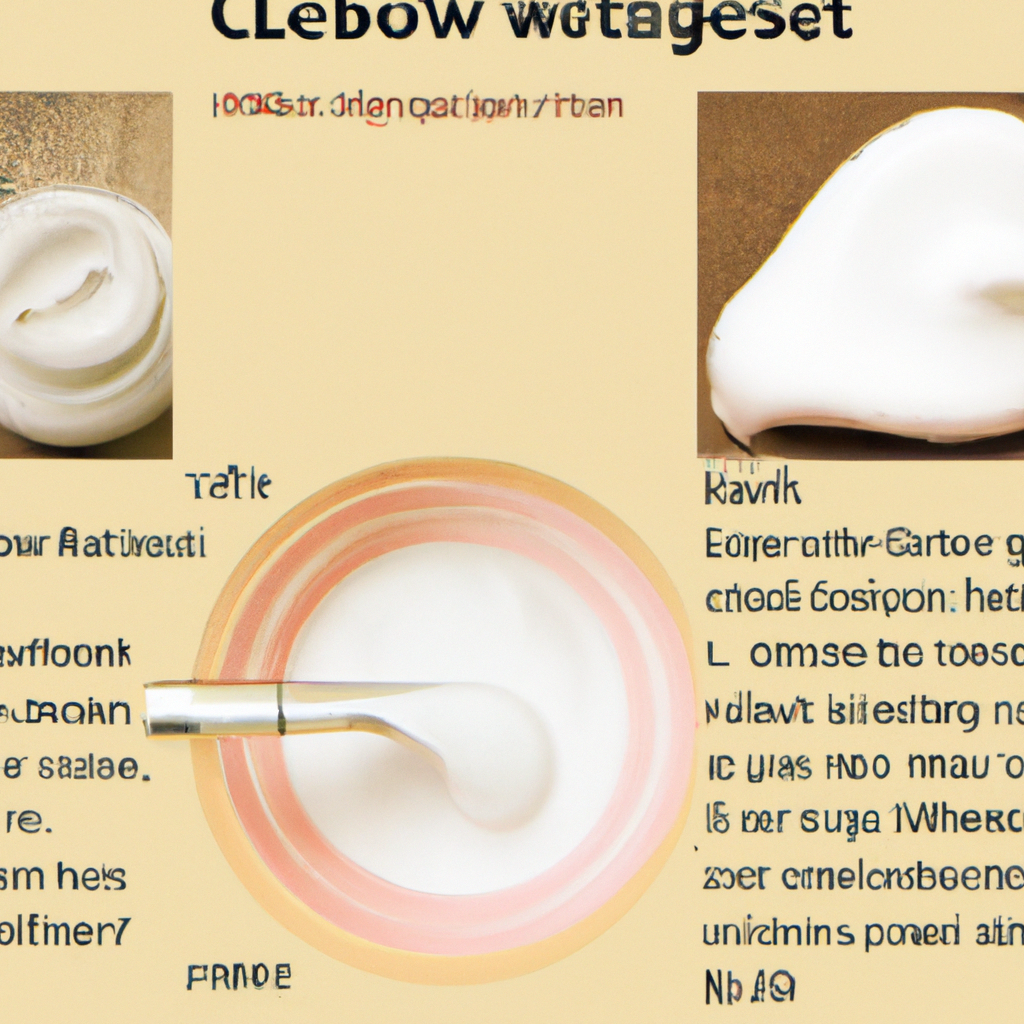
Creating Harmonious Color Palettes
Complementary color schemes
Complementary color schemes involve pairing beige with colors that are opposite on the color wheel. This pairing creates a strong contrast that can make the beige stand out and create visual interest. For example, pairing beige with shades of purple or blue can create a harmonious and balanced composition.
Analogous color schemes
Analogous color schemes involve using colors that are adjacent to beige on the color wheel. These colors share similar undertones and create a sense of unity and coherence in the artwork. For example, pairing beige with shades of brown, yellow, or orange can create a warm and inviting color palette.
Monochromatic color schemes
Monochromatic color schemes involve using different shades and tints of beige in combination with white and black. This creates a harmonious and cohesive composition focused on variations in value and intensity. Monochromatic beige compositions can have a serene and elegant quality while allowing the artist to experiment with textures and contrast.
Protecting and Preserving Beige Artwork
Using varnish
To protect and preserve your beige artwork, applying a varnish is essential. Varnish acts as a protective layer, shielding the surface from dust, dirt, and UV light. It also enhances the overall appearance by adding a glossy or matte finish, depending on your preference. Apply varnish once the paint is completely dry and follow the instructions provided by the specific varnish product.
Storing and displaying beige artwork
To properly store and display your beige artwork, certain precautions should be taken. Avoid exposing the artwork to direct sunlight or extreme temperature and humidity conditions, as these can cause fading, cracking, or other damages. Use acid-free and archival quality materials for framing and matting to ensure the longevity of your artwork. Whenever possible, display your beige artwork in a controlled environment away from direct light sources.
In conclusion, understanding how to create and use beige in artwork can greatly enhance your artistic abilities. By mastering the techniques for mixing beige, adjusting its tone, and exploring different shades and tones, you can achieve a wide range of effects and create harmonious compositions. Experimenting with various techniques, textures, and color palettes will allow you to unlock the full potential of beige in your artwork. Remember to protect and preserve your beige pieces using proper varnish and storage techniques to ensure their longevity and vibrancy for years to come.
